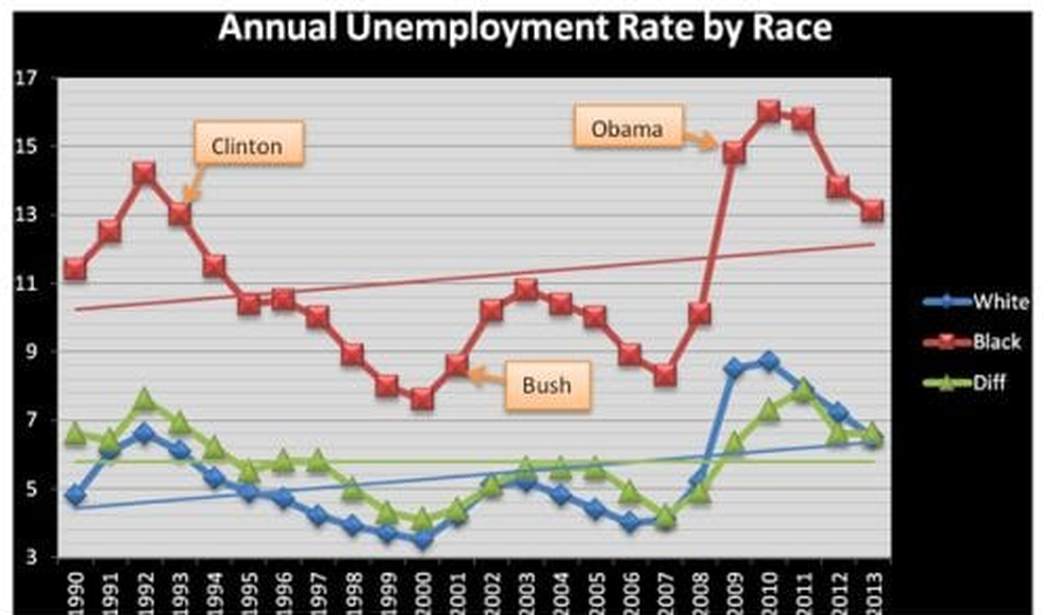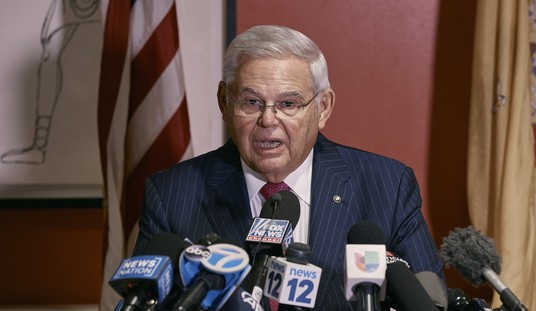When faced with a crime as chilling as the Newtown school massacre and a perpetrator as inscrutable as Adam Lanza, perhaps we have a need to explain the violence in a rational way, to blame a set of circumstances we can label, understand, and then attempt to control.
The task becomes harder still when we discover that much of what we initially heard about the massacre (for example: that Lanza’s mother worked at the school, that he had been buzzed in, and — for the first few hours after the murders — his identity) was incorrect. Even now, truth and fiction can be difficult to sort out.
One thing of which we can be reasonably certain: Adam Lanza’s parents were divorced in 2009, when he was 17. And so, as part of the ongoing effort to comprehend this crime and to prevent others like it, some have speculated that Lanza’s parents’ divorce and his father’s absence from the home could have been a contributing factor in the son’s turn towards violence.
In an article appearing in Public Discourse, Russell Nieli writes:
In a saner age, when people understood the palpable harms of “broken homes” and “fatherless boys” … the “family structure issue” would have guided reflection on the Lanza killings. But now, since any such discussion of divorce’s harms, especially the harm of not having a father present in the home, would step on too many toes, we focus instead on the safer territory of gun control and our mental health system.
Nieli’s not the only one speculating. Amy Alkon wonders too, saying: “Where was dad?” is “the question not being asked.”
We don’t know how long ago Adam Lanza’s parents separated; there have been a wide range of years reported. We don’t know how often the father saw the son after that, or what the quality of their relationship was before the separation, and when (or if) they subsequently became estranged. (Reports such as this one have not been verified by police.)
Nieli complains that, regarding Lanza, “any discussion of divorce’s harm would step on too many toes.” But the topic certainly hasn’t been avoided when studying general criminality. Googling “father absence and criminal behavior” calls up a host of articles and data tending to support the premise that lack of a father predisposes young people, particularly boys, to a wide variety of difficulties. Research such as this 2004 study concludes that “adolescents in father-absent households … faced elevated incarceration risks.” Still, this tells us little about the role of father absence in the very small but very disturbing subset of criminals known as mass murderers.
We can take a look at the cases for which we do have some information. Here’s a list that Mother Jones has compiled of 62 mass murderer shooters, the total in the U.S. during the thirty years between 1982 and 2012. (“Mass murder” is defined as an incident in which at least four people were killed).
For a small number of these killers there is a lack of information about their parents. But the vast majority appear to have been raised in intact, two-parent homes. That’s a surprise, since a third of the children in America now live in biological father-absent homes, and even back in 1960 about 11% of children lacked a father in the home.
A look at some of the highest-profile cases reveals the trend. The Columbine murderers, Harris and Klebold, were both from intact homes. Likewise the Giffords shooter, Jared Loughner. Same for the Aurora movie theater killer, James Holmes; Michael Carneal, of the 1997 Heath High School massacre; the 2006 Amish school killer (who was not Amish); 2007 Virginia Tech killer Seung-Hui Cho; the 1998 Thurston High School killer Kip Kinkel; and the 2008 Northern Illinois University murderer Steven Kazmierczak (whose mother had died two years before the shooting, but when Steven had already turned 26). Although he fits a somewhat different pattern of crime (political terrorist), 2009 Ft. Hood shooter Nidal Hasan also grew up in an intact family.
Exceptions are the San Ysidro McDonald’s (1984) shooter James Huberty, who grew up in a home in which a parent had abandoned him, although it was his mother who had left. Similarly, notorious Oklahoma mass murderer and terrorist (omitted from the list because he was not a shooter) Timothy McVeigh’s parents divorced when he was 10, but he was raised by his father rather than his mother.
However, for the younger of the two Beltway snipers, Lee Boyd Malvo, (technically not a mass murderer but a spree killer, which is a related phenomenon), fatherlessness does seem to have been a potent factor, motivating him to fall under the influence of the older John Mohammed. He acted as a substitute father — although, unfortunately, a psychopathic one.
2005 Red Lake massacre perpetrator Jeff Weise also stands out from most of the other shooters as having had a very disruptive family life from an early age, with father absence almost certainly a significant part of the problem (his father had committed suicide when Weise was nine). The perpetrator in the 1989 Cleveland School massacre had a similarly chaotic background. Two other mass murderers on the Mother Jones list had divorced parents, and one had lost his father when he was a young boy.
But these are the exceptions rather than the rule; the evidence for absent fathers in this group is hardly overwhelming, and nothing approaching the high percentage of absent fathers (39%) in the early lives of the population of incarcerated criminals as a whole.
To be sure, none of this data on mass murderers constitutes a scientific study. But reading their stories, it is hard not to come the conclusion that there is something far more deeply and profoundly wrong with these people than the absence or presence of a father could ever explain.
Some of these killers are psychopaths, seemingly from birth. Others appear to have had other severe and intractable problems for most of their lives, many despite families that look relatively ordinary. Then there are the seemingly normal individuals who degenerate rather suddenly (sometimes even becoming schizophrenic) before the rampage begins.
We can use words like “sick” or “evil” to describe these people, and those terms are probably appropriate. But that tells us little about how to predict — and especially how to prevent — their explosive violence. For all but the few who give clear advance warnings of the mayhem they are planning, we have no good way of differentiating the ones who will crack and become rampage killers from the far greater number of similarly disturbed people who lead nonviolent and law-abiding lives, or have only minor brushes with the law, or who end up harming only themselves.
We need to do our best to protect ourselves and others against the mass murderer; that’s where all those discussions about armed guards and concealed carry and gun control (both pro and con) come in. But there are no simple answers to the question of what makes mass murderers tick, as desperately as we might want to find them, as much as we would like to comprehend what may be incomprehensible.









Join the conversation as a VIP Member